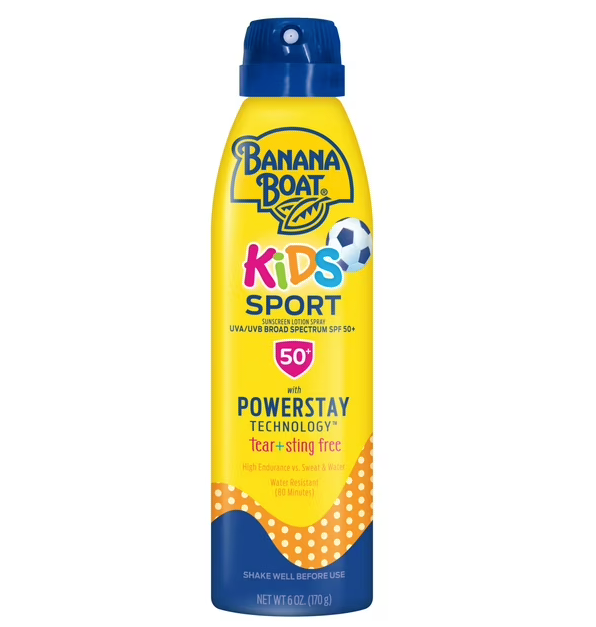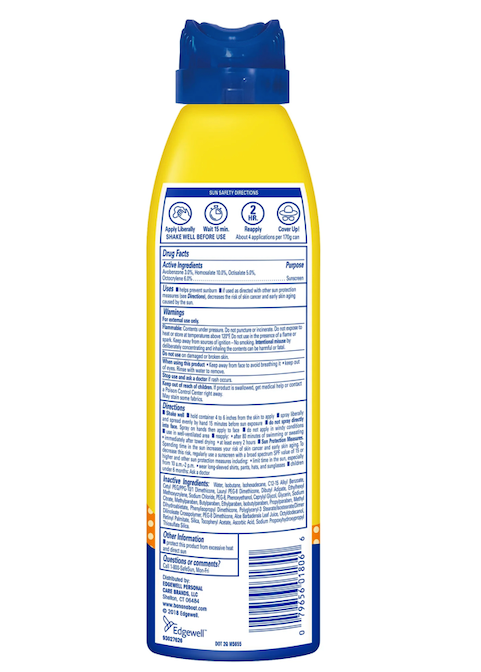What Is Avobenzone in Sunscreen? Everything You Need to Know
If you’ve ever flipped over a sunscreen bottle and seen “Avobenzone” on the ingredients list, you might’ve wondered what it is, how it works, and whether it’s safe. Here’s a breakdown of what you need to know.
What Is Avobenzone?
Avobenzone (pronounced ah-voh-BEN-zone) is a chemical (organic) sunscreen filter that absorbs UVA rays, which are the rays that penetrate deep into your skin and cause aging, dark spots, and long-term damage.
- Full name: Butyl methoxydibenzoylmethane
- First approved for use in the U.S. in 1997
How Does Avobenzone Work?
Avobenzone works by absorbing UVA radiation and converting it into heat, which is then released harmlessly from your skin. This protects you from UVA-induced aging, DNA damage, and wrinkles.
Unlike mineral sunscreens that sit on top of the skin and reflect rays, Avobenzone absorbs into the upper layers of your skin to do its job.
Is Avobenzone Safe?
Yes. Avobenzone is FDA-approved and considered safe when used correctly in sunscreen formulations. However, there are a few important considerations:
- Photostability: On its own, Avobenzone breaks down in sunlight after about 30 minutes, losing its effectiveness quickly. That’s why it’s usually combined with other ingredients like: Octocrylene (helps stabilize it), Homosalate or Octisalate (for added UVB protection and improved texture),Antioxidants (like Vitamin E) to boost overall skin protection
- Formulation support: To prevent this, it is usually paired with stabilizers like Octocrylene or encapsulated in modern formulas to improve its stability.
- Irritation risk: Generally low, but people with very sensitive or acne-prone skin may prefer mineral sunscreens instead.
Pros of Avobenzone
- Broad-spectrum UVA protection
- Lightweight and easily absorbed
- Works well in clear or invisible sunscreen formulations, making it ideal for darker skin tones
- Often used in combination with other UV filters for complete coverage
Cons of Avobenzone
- Breaks down quickly in sunlight unless stabilized
- May cause irritation or stinging, especially near the eyes
- Not considered reef-safe in some areas due to environmental concerns
Is Avobenzone Reef-Safe?
Avobenzone is not currently banned in Hawaii or other locations with reef-safe sunscreen laws, but it is often grouped with chemical filters that are under review for their environmental impact. If you are swimming in the ocean or prefer eco-conscious products, look for sunscreens labeled "reef-safe," which often exclude Avobenzone.
Key Characteristics
- Pale yellow powder
- Oil-soluble
- Absorbs UVA radiation between 320 and 400 nm
- Degrades in sunlight unless stabilized
Environmental & Manufacturing Notes
- Synthesis typically occurs in controlled industrial environments using specialized equipment and organic solvents.
- Many major chemical manufacturers, like DSM or BASF, produce Avobenzone for cosmetic companies under strict quality standards.
- While synthetic, Avobenzone is non-toxic to humans when used as directed, though its environmental impact is still being studied, especially regarding marine ecosystems.



